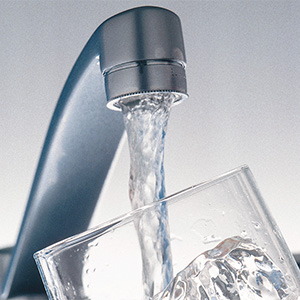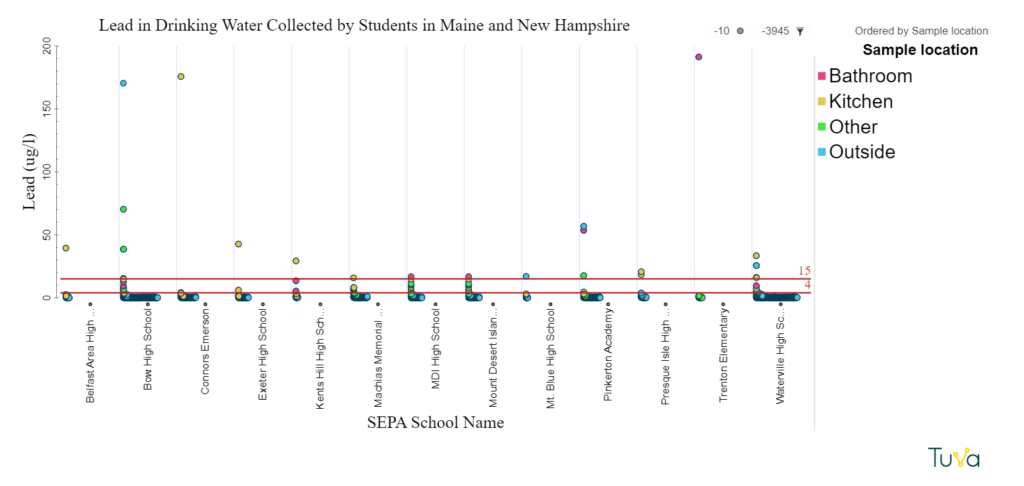Lead is one of the most dangerous drinking water contaminants. It is a cumulative toxicant, which means that it builds up in the human body over time.
Stringent guidelines set by the Environmental Protection Agency require water treatment facilities to test and treat their water to remove lead, however, typically lead gets into your water after the water leaves your local treatment plant or your well. That is, the source of lead in your home’s water is most likely from pipes or solder in your home’s plumbing. The most common cause is corrosion, a reaction between the water and the lead pipes or solder.
Testing drinking water for lead is important, particularly in older homes that may have lead pipes. Lead in drining water is a problem because it can cause serious damage to the brain and kidneys.

All About Arsenic data trends on lead
Working with schools in Maine and New Hampshire, we have seen incidences of elevated lead levels in drinking water samples submitted by students for testing. Using the data literacy platform TUVA, we see the following lead levels in water samples collected from homes in Maine and New Hampshire. Although the EPA standard for lead in drinking water is 15 ppb, the reference line on the graph is 4 ppb, a new standard set for schools in Maine for lead in drinking water. Several homes exceed the 15 ppb standard, but even more homes exceed the 4 ppb standard, raising the question: at what level should homeowners treat their drinking water to remove lead contamination?

Maine CDC data trends on lead
The Maine Legislature mandated that all K-12 drinking water in schools be tested for the presence of lead. The Drinking Water program worked with schools across Maine in the 2021-2022 school year to coordinate testing. The interactive map below shows the testing results of the water samples of Maine schools from the Maine CDC website.
More resources
Maine CDC: FAQ Lead in Schools
EPA: How lead gets in your drinking water